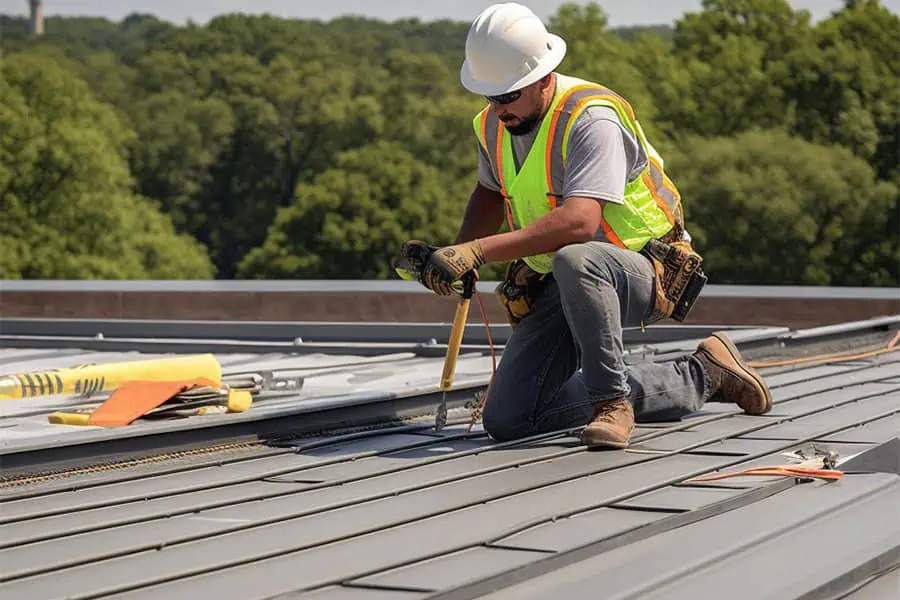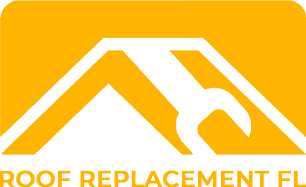Commercial Roof Replacement

Introduction
Commercial roof replacement involves the process of removing and replacing the existing roof of a commercial building. This is a critical maintenance task that ensures the structural integrity, safety, and energy efficiency of the building. A well-maintained roof protects the building from weather elements and contributes to the overall value of the property.
Reasons for Replacement
Age and Lifespan
Commercial roofs typically have a lifespan of 20 to 30 years, depending on the materials used and maintenance practices. As roofs age, they become more susceptible to damage and may require replacement to maintain their protective function.
Damage and Deterioration
Common types of damage that necessitate roof replacement include leaks, water damage, and visible wear and tear such as cracked or missing shingles. Environmental factors like UV rays, temperature fluctuations, and severe weather events can accelerate deterioration.
Energy Efficiency
An aging or damaged roof can lead to increased energy bills due to poor insulation. Replacing the roof with modern, energy-efficient materials can significantly reduce heating and cooling costs.
Types of Commercial Roofing Materials
Built-Up Roofing (BUR)
BUR consists of multiple layers of bitumen and reinforcing fabrics, providing durability and waterproofing. It is suitable for low-slope or flat roofs.
Single-Ply Membrane
Single-ply membranes, such as EPDM, TPO, and PVC, are known for their flexibility, UV resistance, and ease of installation. They are popular choices for various roof shapes.
Metal Roofing
Metal roofs offer exceptional longevity, fire resistance, and energy efficiency. They are available in various styles, including standing seam and corrugated panels.
Modified Bitumen
Modified bitumen roofs incorporate polymer-modified bitumen sheets, offering enhanced flexibility and durability. They are similar to BUR but with added benefits.
Roof Coatings
Roof coatings provide an additional protective layer, improving energy efficiency and extending the roof’s lifespan. They are often applied over existing roofs.
The Replacement Process
Initial Assessment and Planning
A professional roofing contractor conducts a thorough inspection to assess the condition of the existing roof and identify any underlying issues. This step includes planning and budgeting for the replacement project.
Preparation
Preparation involves removing the old roofing material, repairing any damaged substrate, and ensuring proper ventilation and insulation.
Installation
The new roofing material is installed according to manufacturer specifications, including layers, adhesives, and fastening methods.
Finishing Touches
Flashing, sealants, and edge details are installed to ensure waterproofing and durability.
Final Inspection
The completed roof undergoes a final inspection to verify compliance with building codes and quality standards.
Cost Considerations
Factors Affecting Cost
- Size of the Roof: Larger roofs require more materials and labor, leading to higher costs.
- Choice of Materials: Different materials have varying price points, durability, and maintenance requirements.
- Complexity of the Roof Design: Roofs with intricate designs or features like skylights and HVAC systems may incur additional costs.
- Accessibility: Difficult-to-reach roofs may require specialized equipment, increasing labor expenses.
- Local Climate and Environmental Factors: These can influence the choice of materials and installation methods, affecting costs.
- Contractor Selection: Experienced contractors may charge more but offer better quality and warranties.
- Permits and Inspections: These are necessary for compliance with local building codes and add to the overall cost.
Average Costs
The average cost of a commercial roof replacement ranges from $5 to $12 per square foot, depending on the factors mentioned above. For example, replacing a flat roof on a 10,000 square foot commercial building could cost between $50,000 and $120,000.
Choosing a Roofing Contractor
Criteria for Selection
- Experience and Reputation: Look for contractors with a proven track record in commercial roofing projects.
- Familiarity with Local Area and Regulations: Contractors should be knowledgeable about local building codes and climate conditions.
- Certifications and Warranties: Ensure the contractor offers warranties on both materials and workmanship.
- Licensing and Insurance: Verify that the contractor is licensed and insured to protect against liability.
- Customer Reviews and Recommendations: Check reviews and ask for references from past clients.
Maintenance and Longevity
Regular Inspections
Bi-annual inspections are crucial for identifying and addressing minor issues before they escalate into major problems.
Maintenance Practices
Regular maintenance includes keeping gutters and drains clear, ensuring proper water runoff, and addressing any damage promptly.
Extending Roof Lifespan
Proactive maintenance and the use of protective coatings can significantly extend the lifespan of a commercial roof, reducing the need for frequent replacements.
Conclusion
Timely roof replacement is essential for maintaining the structural integrity and energy efficiency of commercial buildings. By choosing the right materials and contractors, and adhering to regular maintenance practices, building owners can ensure the longevity and performance of their roofs.
